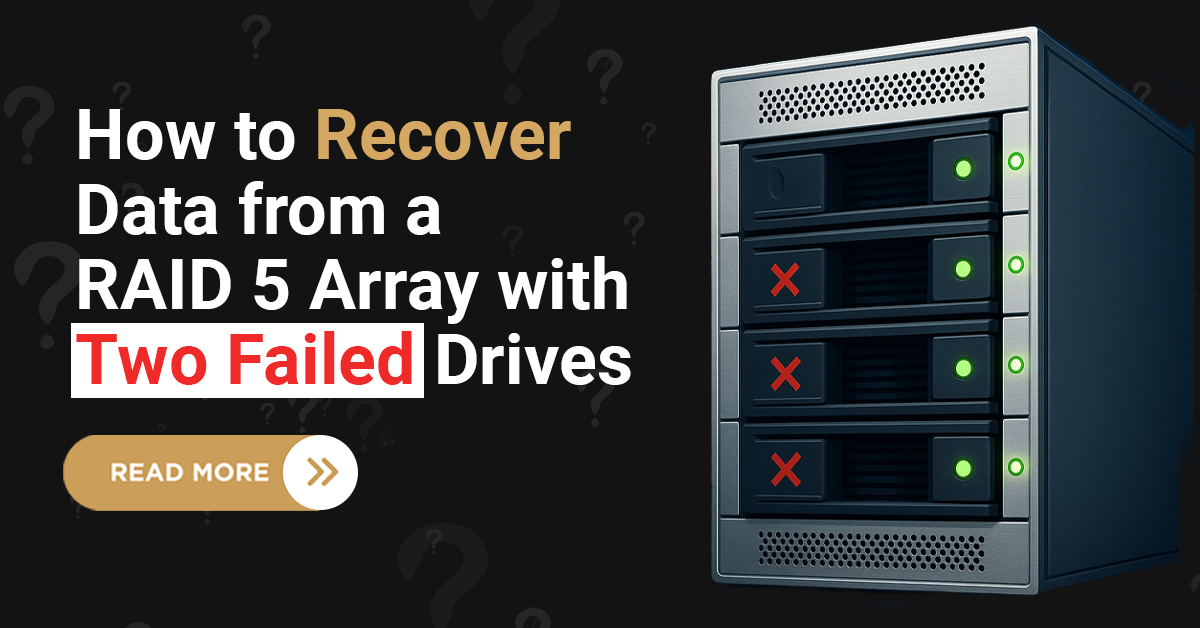Overview of RAID and RAID Recovery
RAID is the acronym for Redundant Array of Independent Disks. These are special types of drives designed by combining more than one hard drive together to create a big storage device. Based on the definition of RAID, we should say that RAIF data recovery refers to the process related to the restoration and recovery of data from any RAID storage infrastructure or architecture. Accordingly, RAID Server recovery uses a combination of various manual and automated data recovery procedures to restore and extract data from multiple RAID storage components and drives.
Arrays of RAID Recovery
Experts associated with RAID data recovery often use the following common types of RAID arrays, as we have mentioned here.
RAID 0 Data Recovery
Data-recovery service providers called RAID 0 as data striping, as it distributed data across different drives leading to throughout of relatively higher data. Drives present in RAID array are responsible to mirror the data present across different drives.
RAID 1 Data Recovery
RAID 1 implies drive-mirroring type of data recovery and it performs its functions by copying the data to any other drive simultaneously with the aim to avoid any data loss in case of drive failure. In this way, drive-mirroring type of RAID data recovery boosts reliability based on mirroring or duplication of each stored data on different types of drives available. RAID 1 thus increases performance based on overall capacity present in drives. In other words, drive-mirroring type of RAID recovery provides complete redundancy level for the data stored on any system efficiently.










